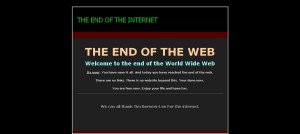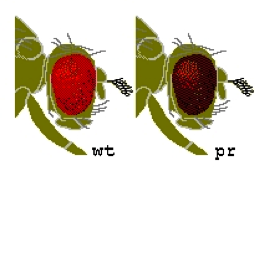So what is Mentoring?
Mentoring is the verb describing the action of a more senior person in a given area of expertise entering into a relationship with a more junior colleague for the purpose of advising and fostering advancement of the less experienced individual.
As individuals during our training, we can and should seek out mentors who have mastered skill sets that we wish to learn. However the expectation that one person can embody each and everything we need to master for our chosen career path is unrealistic. We should try to gain experience from peers, experts and those senior to us for maximum benefit. These relationships can help us to network, build contacts and to seek out the training or experiences we need to build a successful career.
Many associations offer mentoring in small groups or online and we have modeled our program partially on the highly successful Mass-AWIS group mentoring circles.
This Fall, starting in October, the Postdoctoral Office and Postdoctoral Affair committee would like to give BU medical/BMC and BU Postdocs the opportunity to participate in small group mentoring circles of 3-5 mentees that will be paired with 1-2 mentors. This will be a forum for career exploration, self-discovery and a safe and confidential space to seek advice and varied perspectives. We hope that groups will get to know one another, become each others advocates and accountability partners. A commitment to attend and participate in six monthly sessions will be required, as well as setting personal and group goals. We will attempt to match individuals based on interest areas and have already recruited some great mentors from Academia and Industry. Please tell us if you have specific areas of interest you would like to explore in a circle so we can be responsive to your needs.
Join us for the Celebration of the completion of the first round of BU Postdoctoral mentoring circles on August 25th 5-6 PM to find out more or email Cristina Vazquez Mateo crisvm@bu.edu or Ayesha Islam ayeshai@bu.edu.



